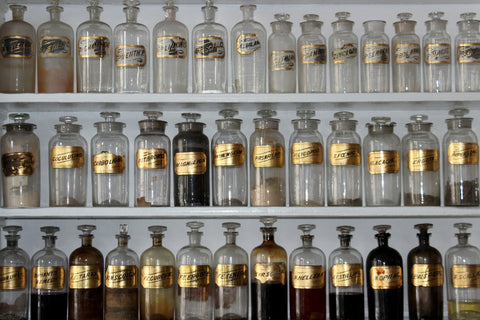For whiskey enthusiasts, decoding the information on a whiskey label is like unraveling a mystery; one that holds the key to understanding the spirit's origin, age, and unique characteristics. From age statements and proof levels to mash bills and cask finishes, every detail on a whiskey label offers valuable insights into the liquid treasure that lies within the bottle. In this comprehensive guide, we embark on a journey of discovery and understanding as we decode the intricacies of whiskey labels, shedding light on the terminology and symbols that shape our appreciation of this timeless libation.
Age Statement:
One of the most prominent features of a whiskey label is the age statement, which indicates the length of time the whiskey has been aged in oak barrels. Common age statements include "12 years old," "single barrel," or "straight bourbon," each of which signifies a different aging process and flavor profile. While older whiskies often command higher prices and prestige, it's important to remember that age is just one factor in determining a whiskey's quality and character.

Proof Level:
The proof level, or alcohol by volume (ABV), is another critical piece of information found on whiskey labels. This figure represents the percentage of alcohol in the whiskey and can range from 80 proof (40% ABV) for standard bottlings to over 100 proof (50% ABV) for barrel-strength releases. Higher proof whiskies tend to have more intense flavors and a stronger alcohol presence, while lower proof whiskies offer a smoother, more approachable drinking experience.
Mash Bill:
The mash bill refers to the specific combination of grains used in the production of the whiskey, which can vary widely depending on the style and region of origin. For example, bourbon must be made from a mash bill containing at least 51% corn, while rye whiskey must be made from a mash bill containing at least 51% rye. By examining the mash bill on a whiskey label, you can gain insights into the flavor profile and character of the spirit, whether it's sweet and mellow or spicy and robust.

Cask Finish:
Cask finishing is a technique used by distillers to impart additional flavors and complexities to whiskey by aging it in barrels that previously held other spirits or wines. Common cask finishes include sherry, port, rum, and wine, each of which can influence the flavor profile of the whiskey in unique ways. By reading the cask finish on a whiskey label, you can anticipate the additional layers of flavor and aroma that have been imparted to the spirit during the finishing process.
As we journey through the world of whiskey labels, we gain a deeper appreciation for the craftsmanship, tradition, and artistry that goes into every bottle. By decoding the age statements, proof levels, mash bills, and cask finishes found on whiskey labels, we unlock a wealth of information that enriches our understanding and enjoyment of this beloved spirit. Whether you're sipping a smooth bourbon by the fire or savoring a complex single malt with friends, may each whiskey label serve as a gateway to discovery and delight. Cheers to the endless possibilities that lie within every bottle of whiskey!


